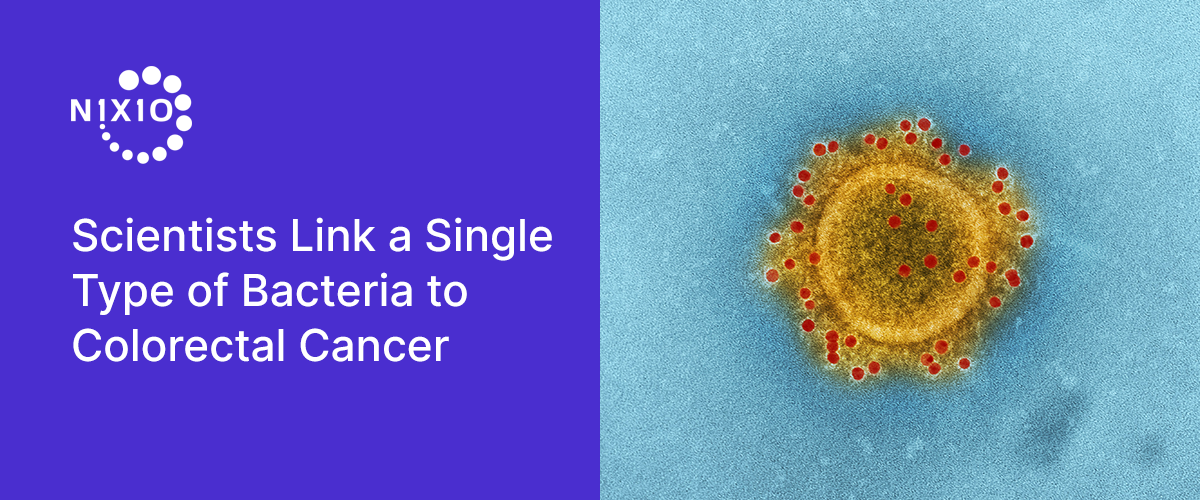The human gut contains trillions of bacteria. With improvements in microbial detection technology, a higher number of previously neglected microorganisms have been found to play an important role in human diseases.
Over the last decade, one such species, called Fusobacterium nucleatum (Fn), has been strongly implicated as a potential contributor to colorectal cancer (CRC) growth. Studies have found increased numbers of Fn, a member of the oral microbiota, in the intestines of people with colorectal tumors compared with people without cancer.
NCI-funded researchers at the Fred Hutch Cancer Center in Seattle, Washington, have pinpointed a single type of F. nucleatum that appears to be the cancer-fueling culprit scientists have been searching for. Out of its several known subspecies, only one, called F. nucleatum animalis (Fna), was routinely found in the tumor samples taken from patients with CRC than in nearby healthy tissue. Additional genetic analyses revealed that Fna could be divided even further, into two separate groups. While both groups were found in about equal proportions in the mouth, only one, dubbed Fna C2, was found in colorectal tumor samples in substantial numbers.
As expected, the two groups were genetically very similar. However, by sequencing their complete genomes, the team was able to tease out several genetic differences among them that could explain Fna C2’s ability to set up shop in tumors. Those differences included Fna C2’s higher resistance to acid, which could allow it to potentially reach the intestines directly from the mouth, through the stomach. “These are unique features that allow Fna C2 to survive this transit and to set up house in the lower gastrointestinal tract,” said Susan Bullman, Ph.D., who co-led Fred Hutch Cancer Center’s study. Fna C2 also had the ability to hide inside certain tumor cells, which could protect it from the immune system. And it was able to use nutrients found in the gastrointestinal tract, which are very different from those found in the mouth.
Previous studies have found Fna not only in and around colorectal tumors, but also in CRC that has metastasized elsewhere in the body. In fact, CRC patients with high intra-tumoral Fna loads are associated with CRC recurrence, metastases and poorer survival. It has also been associated with other malignancies, such as breast, esophageal squamous cell carcinoma, and gastric cancer.
The findings highlight the need for a more comprehensive understanding of the behavior of different microbes in the lower intestines, added Dr. Phil Daschner, a program director with NCI’s Division of Cancer Biology who was not involved with the study.“The microbes in our gut include bacteria, but also fungi and viruses,” Daschner said. “And some may be helping to promote tumor growth.” “What’s probably the most important finding about this research is the potential to identify new treatments,” Daschner added. “If you can inhibit Fna C2, you might be able to either prevent polyps from progressing to cancer or prevent already-formed tumors from getting worse.”
Christopher Johnston, Ph.D., the study’s other co-leader, also from Fred Hutch, and his team hope to eventually use Fna C2 to create what they call microbial cellular therapies, using the bacterium like a Trojan horse to deliver cancer drugs into a tumor. “Because this bacterium has such an intimate relationship with cancer, if we can strip out the parts that make it dangerous but keep the parts that allow it to travel to and colonize tumors, that could be a new strategy for delivering drugs directly into these tumors,” he explained.


